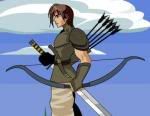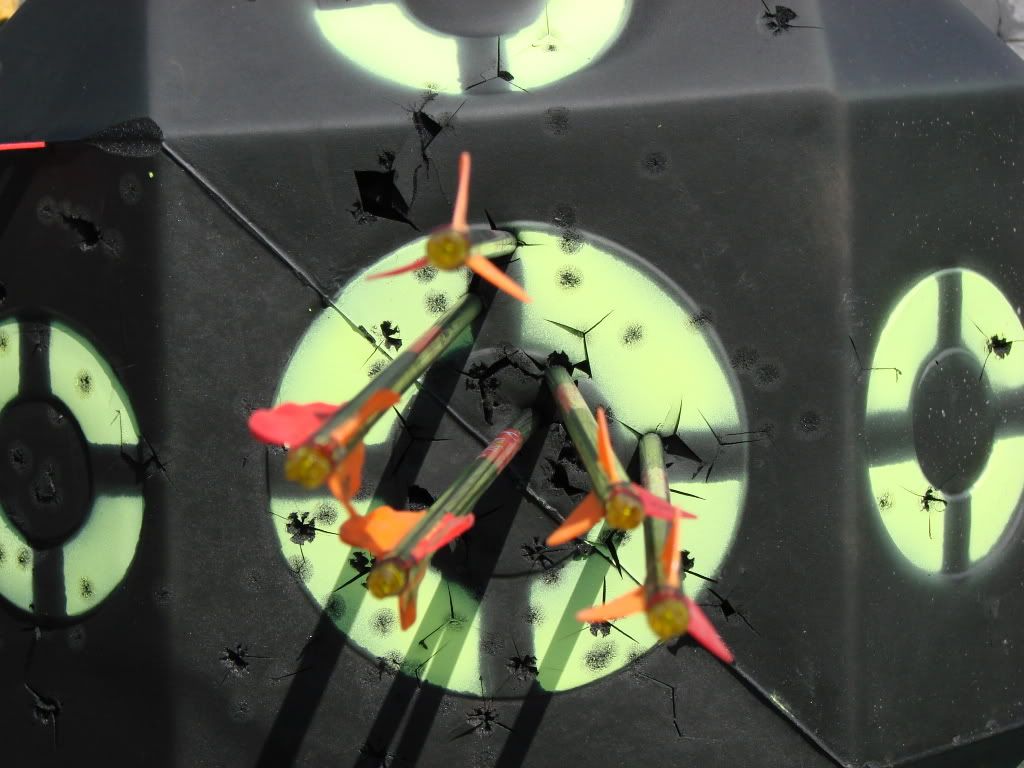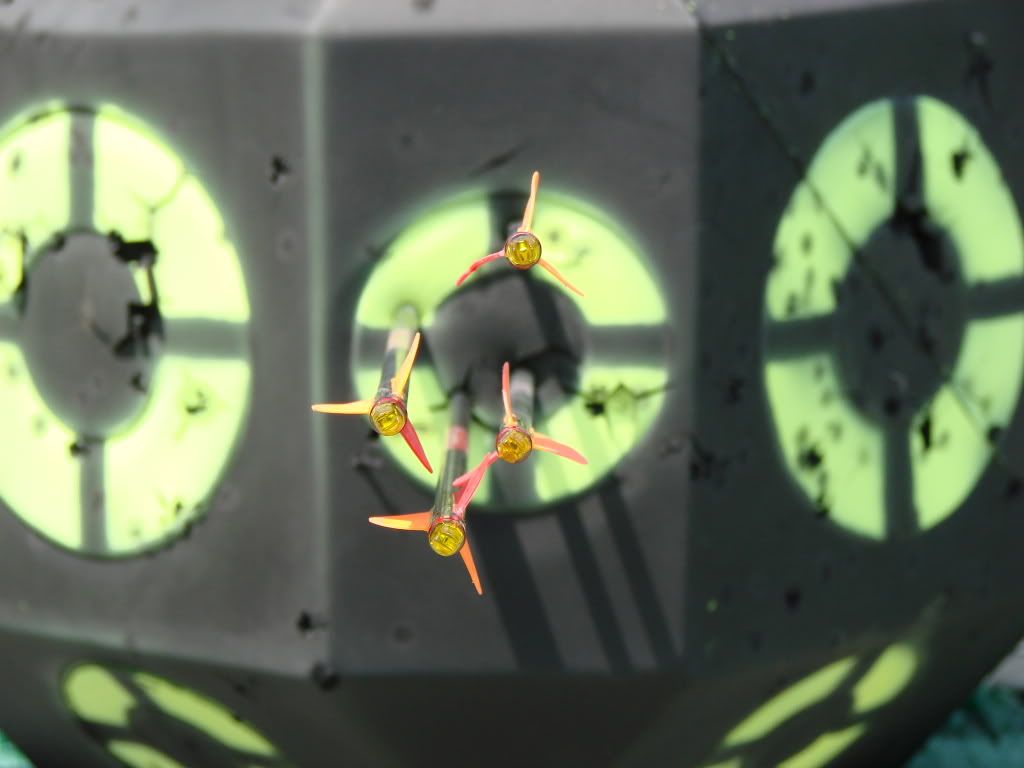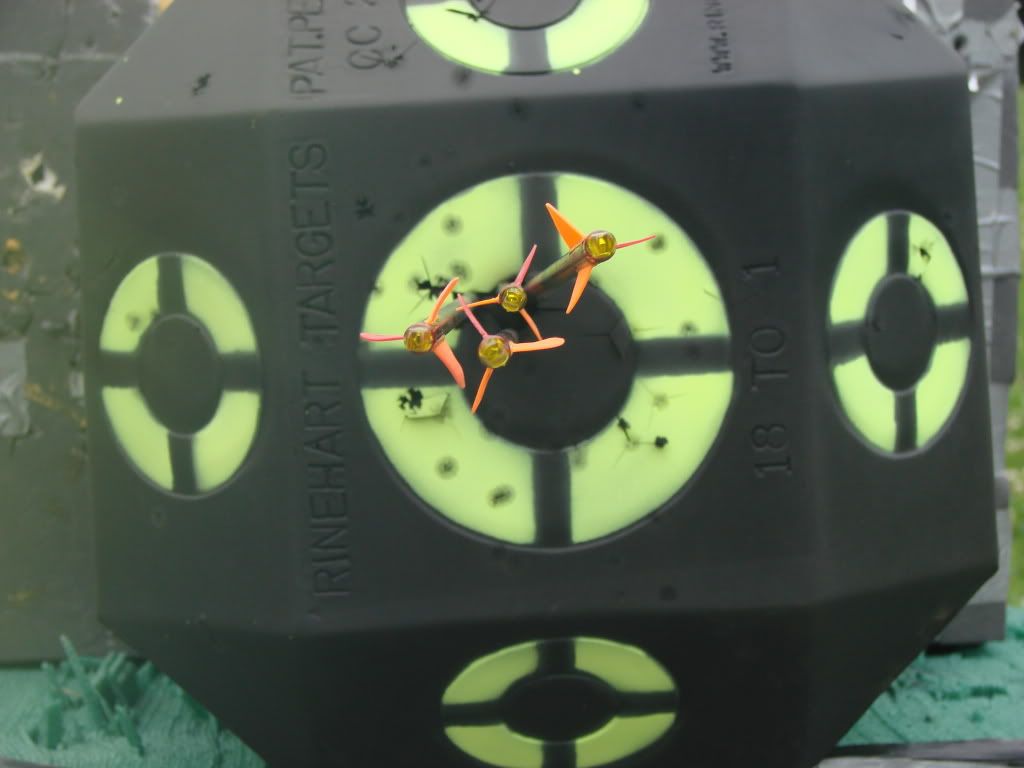Post by Konrad on Apr 12, 2010 14:05:05 GMT -5
I have been researching modern archery for some three years now and have yet to find a discussion on the effects of hysterisis on the efficiency of limbs on compound bows.
Whenever I am at an archery range, I am always surprised by how little time is given for the bow to recover before the next shot is fired.
From past life in the elastomer industry, I learned the effects of repeated flexing of materials (supposedly elastic) and the resulting internal heat build up dramatically changing the material’s rebound properties (hysteresis). Those tests are based counting flexural cycles to failure at a known flex cycle time and percentage of bend measured in degrees of a standard sized flat sample of material.
Failures are always related to internal heat build up.
If the material in question is given time for heat dissipation, the tested material invariably withstands many more flex cycles before less energy is required to flex and ultimate failure occurs.
I would think that modern bow limbs would exhibit the same types of heat build up and losses of efficiency (i.e. the difference between the energy required to draw the bow and the energy released during the firing sequence) during rapid shooting sessions.
Nearly all of the bow tests I have read have graphs showing draw force curves and many reports actually show the efficiency of the tested “system” (bow). Invariably, there is no data related to limb temperature.
I would like to see testing reports comparing cold limb, warm limb and hot limb efficiencies.
It seems to me this would be an excellent application for thermal imaging photography. I would guess a perfect limb design would show heat stresses evenly distributed along the entire limb length.
Some of my questions would include:
Does limb temperature affect group size?
How much arrow velocity is lost (or gained) by varying temperatures of the limb tested?
Is a quad limb system better at heat dissipation than a solid limb?
Is a “thin” limb better at heat dissipation than a standard limb?
Is a pre-loaded limb better at spreading stresses than a straight limb?
Does it take longer for a limb with concentrated heat stress longer to cool than one whose stress is spread more evenly?
How much time is required for any given limb to return to “cold normal”?
After all, a bowhunter most often has a cold bow in his hand and rarely has the opportunity for multiple shots.
…or am just thinking about all of this too much?
K
Whenever I am at an archery range, I am always surprised by how little time is given for the bow to recover before the next shot is fired.
From past life in the elastomer industry, I learned the effects of repeated flexing of materials (supposedly elastic) and the resulting internal heat build up dramatically changing the material’s rebound properties (hysteresis). Those tests are based counting flexural cycles to failure at a known flex cycle time and percentage of bend measured in degrees of a standard sized flat sample of material.
Failures are always related to internal heat build up.
If the material in question is given time for heat dissipation, the tested material invariably withstands many more flex cycles before less energy is required to flex and ultimate failure occurs.
I would think that modern bow limbs would exhibit the same types of heat build up and losses of efficiency (i.e. the difference between the energy required to draw the bow and the energy released during the firing sequence) during rapid shooting sessions.
Nearly all of the bow tests I have read have graphs showing draw force curves and many reports actually show the efficiency of the tested “system” (bow). Invariably, there is no data related to limb temperature.
I would like to see testing reports comparing cold limb, warm limb and hot limb efficiencies.
It seems to me this would be an excellent application for thermal imaging photography. I would guess a perfect limb design would show heat stresses evenly distributed along the entire limb length.
Some of my questions would include:
Does limb temperature affect group size?
How much arrow velocity is lost (or gained) by varying temperatures of the limb tested?
Is a quad limb system better at heat dissipation than a solid limb?
Is a “thin” limb better at heat dissipation than a standard limb?
Is a pre-loaded limb better at spreading stresses than a straight limb?
Does it take longer for a limb with concentrated heat stress longer to cool than one whose stress is spread more evenly?
How much time is required for any given limb to return to “cold normal”?
After all, a bowhunter most often has a cold bow in his hand and rarely has the opportunity for multiple shots.
…or am just thinking about all of this too much?
K







